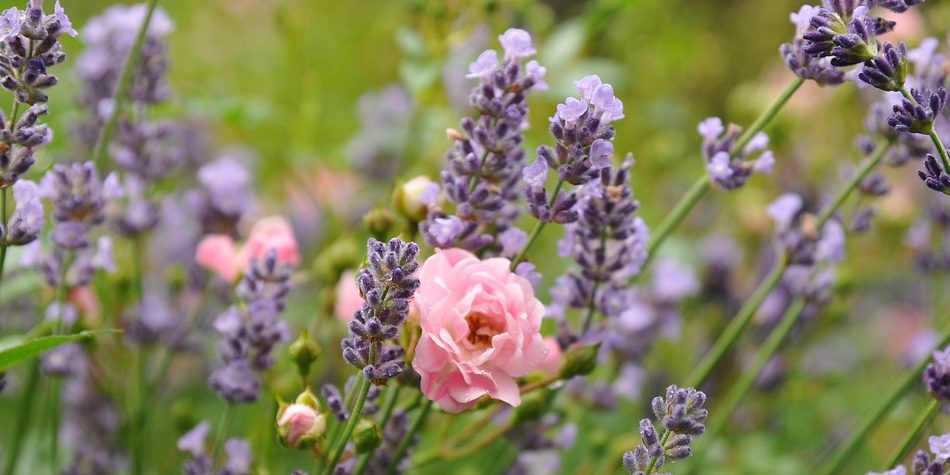Essential oils
The scent of plants
Essential oils are produced in the so-called oil glands of plants and stored in the plant tissue. Oil glands can be found in the flowers, leaves, seeds, fruit peels and roots, but also in the resins, barks or wood. Essential oils from different parts of the same plant can in certain cases differ greatly in their chemical composition. Essential oils characterise the scent of a plant and contain important secondary plant substances, thus attracting insects for pollination, warding off pests, or protecting against diseases.
There are hardly two plants that have the same scent, and we can probably assume that each must also have a special effect.
Sebastian Kneipp

Against various ailments
Essential oils work through their scent. This is used in aromatherapy or aromacology. The various essential oils have an effect on a wide range of complaints. Essential oils can be absorbed by rubbing them into the skin or by inhaling them through the nasal mucosa or by ingesting them, e.g. in teas. Essential oils are usually extracted from plants by steam distillation, sometimes also by cold pressing.
Known essential oils
Known essential oils are e.g. eucalyptus, menthol, rose, sage, camomile, lemon, lavender, thyme, rosemary, cinnamon, onion ..